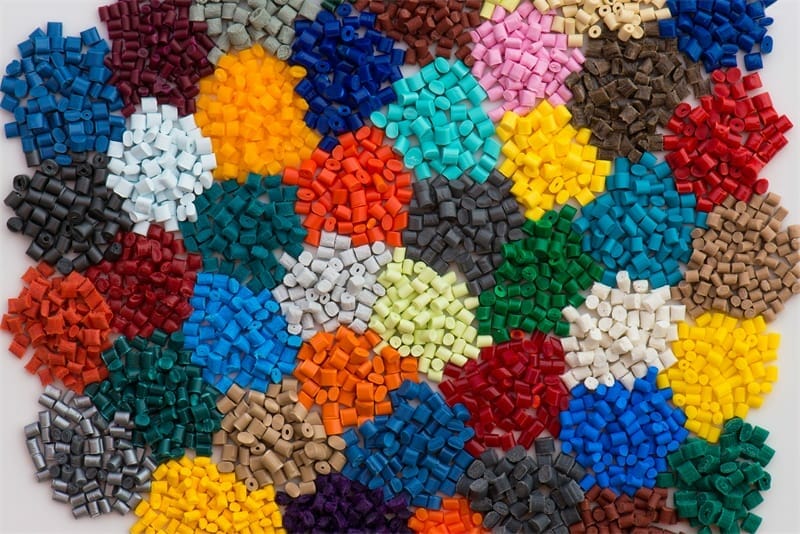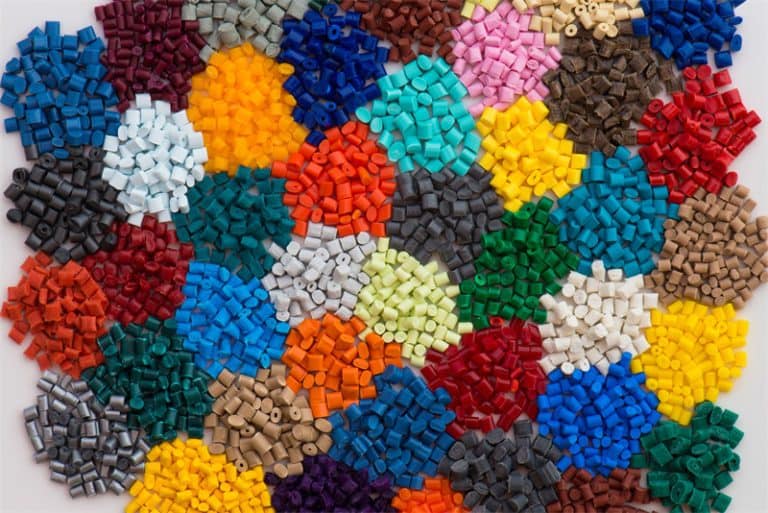1 impurity particles
In the PVC production process, the generation of impurity particles is unavoidable, and its quantity and characteristics will have a greater impact on downstream processing enterprises. Impurity particles are divided into two types according to their characteristics:
①Mechanical impurities, such as foreign matter brought in by the outside air or falling off matter generated in the system, such impurities cannot be plasticized in the subsequent processing, which will directly affect the aesthetics and strength of the profile product;
②Colored impurities (red, yellow, blue, brown, black) are resin particles that change color during the production process of polymerizer sticking to the kettle or steam stripping and drying. They can be plasticized, but too much quantity will affect the toughness of the plasticized product And aging performance.
2 “Fisheye” number
“Fish-eye” refers to the transparent particles or crystal points that cannot be plasticized by the PVC resin in the subsequent thermoplastic processing. Excessive amounts will have a greater impact on the mechanical properties and electrical insulation properties of the plasticized products. There are many factors that cause the “fish eyes” to be high. The “fish eyes” produced in the PVC production process of Zhongyan Inner Mongolia are mainly caused by the serious sticking of the polymerizer wall and the poor coating effect.
3 apparent density
The apparent density of PVC resin is directly related to the shape and particle size of the resin particles, and has a great influence on subsequent processing. The main influencing factors are the amount and type of dispersant and the polymerization water-oil ratio.
4 volatile matter
Too high or too low water content of PVC resin will result in poor resin fluidity and increase the difficulty of subsequent processing.
5 viscosity
Viscosity is an index that characterizes the average molecular weight of PVC resin. The smaller the fluctuation, the more stable the performance of processed products. The main influencing factors are the polymerization temperature and the content of high boiling substances in the monomer.
6 aging whiteness
The aging whiteness of PVC resin (the degree of color change after heating at 160°C for 10 minutes) is an important indicator of the thermal stability of PVC resin. It has a great impact on the subsequent processing and the aging resistance of products. Products with poor whiteness, The color change from white to pink to red occurs in the initial heating stage. This is mainly due to the formation of colored substances with co-moment double bond polyolefin structure after the dehydrochlorination of PVC. There are many factors that affect the whiteness of aging, such as low boiling and high boiling content in VCM, initiator, water-oil ratio, steam stripping, drying process, etc.



